After a long off-roading journey, it’s tempting to leave the mud on your Jeep Wrangler. While washing your vehicle later is convenient, dried mud and debris can harm your vehicle. Luckily, one of the 1 is because it’s easy to clean. So cleaning won’t take too much of your time. If you’re wondering, “Why is it bad to leave dried mud on your Jeep Wrangler?” read on to learn the answer.
Damages the Paint
Over time, dried mud can damage the paint on your Jeep. Mud can scratch your Jeep’s paint and cause noticeable harm. In addition, rainwater and dirt create an acid compound that damages your paint job and the metal underneath.
Forms Rust
Rusting on your vehicle is rarely a good sign. Not only does it affect your Jeep’s appearance, but it can also weaken its parts. Dried mud can cause your vehicle to rust, so remember to wash it off as soon as possible.
Corrodes Metal Surfaces
As previously mentioned, rainwater and dirt create an acidic compound that corrodes metal. This is one reason why it’s vital to wash all metal parts of your vehicle. To wash your Jeep correctly, you’ll need to know 1 and the other metals parts that are a little more difficult to reach.
Harms the Engine and Moving Parts
You already know that mud harms your vehicle’s exterior, but what about the engine and other moving parts? While mud won’t hurt your engine right away, it will increase wear on it and other components over time. To keep your engine running smoothly, wash the mud off promptly.
So, if your friends or family members ask, “Why is it bad to leave dried mud on your Jeep Wrangler?” be sure to inform them. Let them know that mud harms the engine, corrodes metal surfaces, forms rust, and damages paint over time.


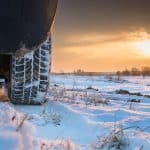

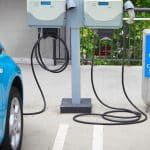

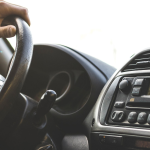





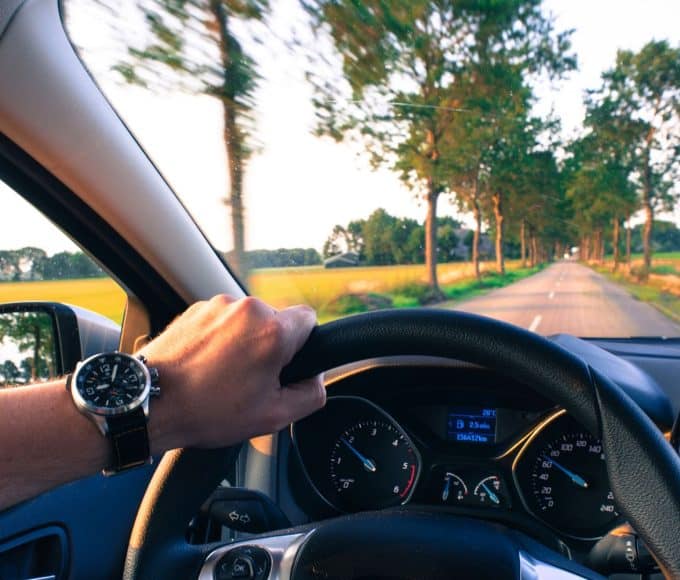

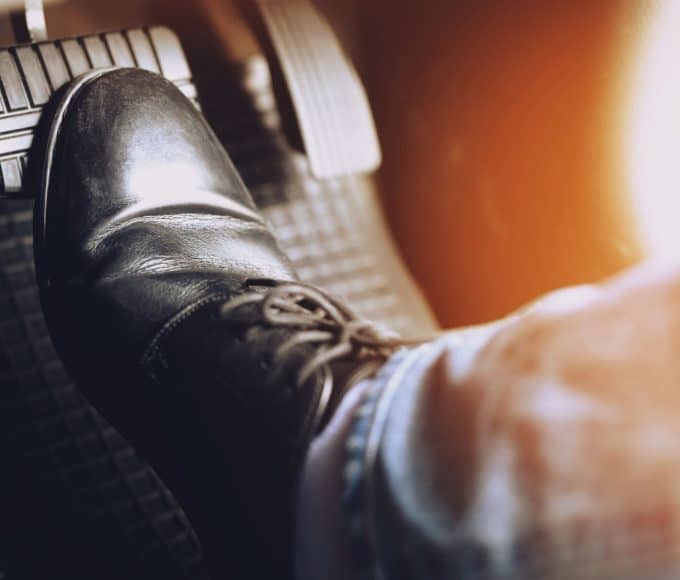
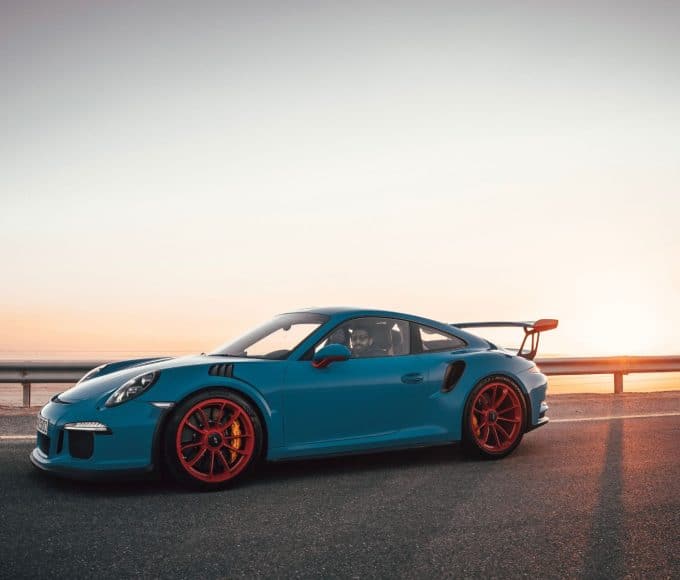
Leave a comment